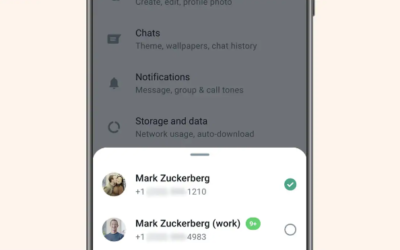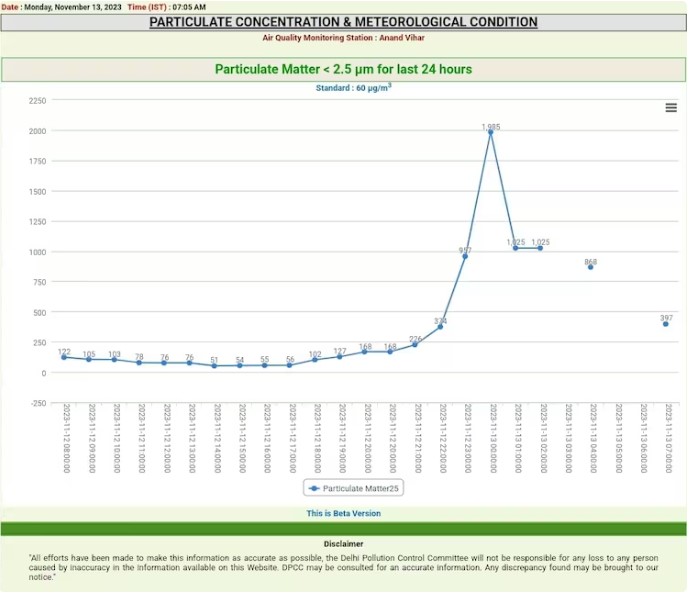Why the $6 billion US-Iran deal is in the news after the Hamas attack is explained

According to US Secretary of State Antony Blinken, Iran has not yet been able to spend any of the $6 billion in cash that were unfrozen as part of a September prisoner swap between the US and Iran.
Washington: The unexpected attack on Israel by the Palestinian group Hamas on Saturday and the Israeli response have killed over 1,100 people and drawn attention to the Iran-backed Islamist organization.
According to US Secretary of State Antony Blinken, Iran has not yet been able to spend any of the $6 billion in cash that were unfrozen as part of a September prisoner swap between the US and Iran.
Blinken additionally stated that he had “not yet seen evidence that Iran directed or was behind this particular attack, but there’s certainly a long relationship.”
What did the Iranian prisoner exchange entail?
Details of a convoluted arrangement that President Joe Biden endorsed were made public in August. Six billion dollars in Iranian cash that had been frozen in South Korea were transferred in exchange for the release of five US citizens held by Tehran. Five Iranians detained in the United States were given permission to leave at the same time.
What did the $6 billion entail?
The $6 billion in blocked Iranian funds came from banks in South Korea. These Iranian oil profits were stopped in Seoul after Washington, during the administration of former President Donald Trump, completely banned Iran’s oil exports and imposed sanctions on its financial industry in 2019.
The $6 billion is currently where?
The money wasn’t distributed to Iran. The money are remain in Doha and are being managed by the central bank of Qatar.
The facts are that no US government money was utilized, Blinken said on Sunday’s “State of the Union” with CNN. “These were Iranian resources that Iran had accumulated from the sale of its oil that were stuck in a bank in South Korea.”
According to the Iran prisoner deal, the funds can only be used for humanitarian causes, such as buying food or other items outside of Iran to import, according to US authorities.
The money that was kept in Doha’s restricted accounts as part of the deal to win the release of five Americans in September is still there, according to Brian Nelson, the US Treasury’s undersecretary for terrorism and finance. Nothing has been paid out. These restricted money may only be applied to future humanitarian endeavors; they may not be sent to Iran. Any inference to the contrary is untrue and deceptive.
“It will take many months for Iran to spend down this money,” a State Department spokesperson said, citing the need for due diligence in connection with the trade. “And, as we’ve said many times, it can only be used to purchase food, medicine, medical devices, and agricultural products for the people of Iran.”
What are the criticisms of the agreement?
The majority of Republicans aspiring to be their party’s presidential nominee in 2024 attempted to connect the attacks to Biden’s Iran deal; some even claimed—inaccurately—that he or US taxpayers paid for the strikes on Israel.
Nikki Haley, the former governor of South Carolina and a Republican candidate for president in 2024, claimed that giving Iran access to such assets, under any circumstances, would help Iran’s financial situation by freeing up money that might be utilized elsewhere.
“Let’s be clear with the American people: Iran and Hamas are moving money around right now because they know $6 billion will be released, and they are both aware of this. The truth is that, she said.







